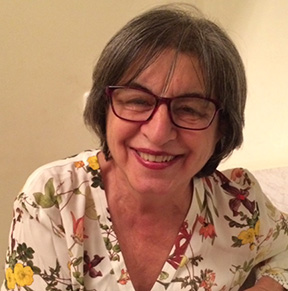
Catherine Yesayan
BY CATHERINE YESAYAN
I wanted to take Professor Levon Marashlian’s Armenian History class at Glendale Community College, and this year I was finally able to sign up for the fall semester class.
For the past several years, whenever I saw Dr. Marashlian I would tell him, “I’d like to sign up for your Armenian History class.â€
